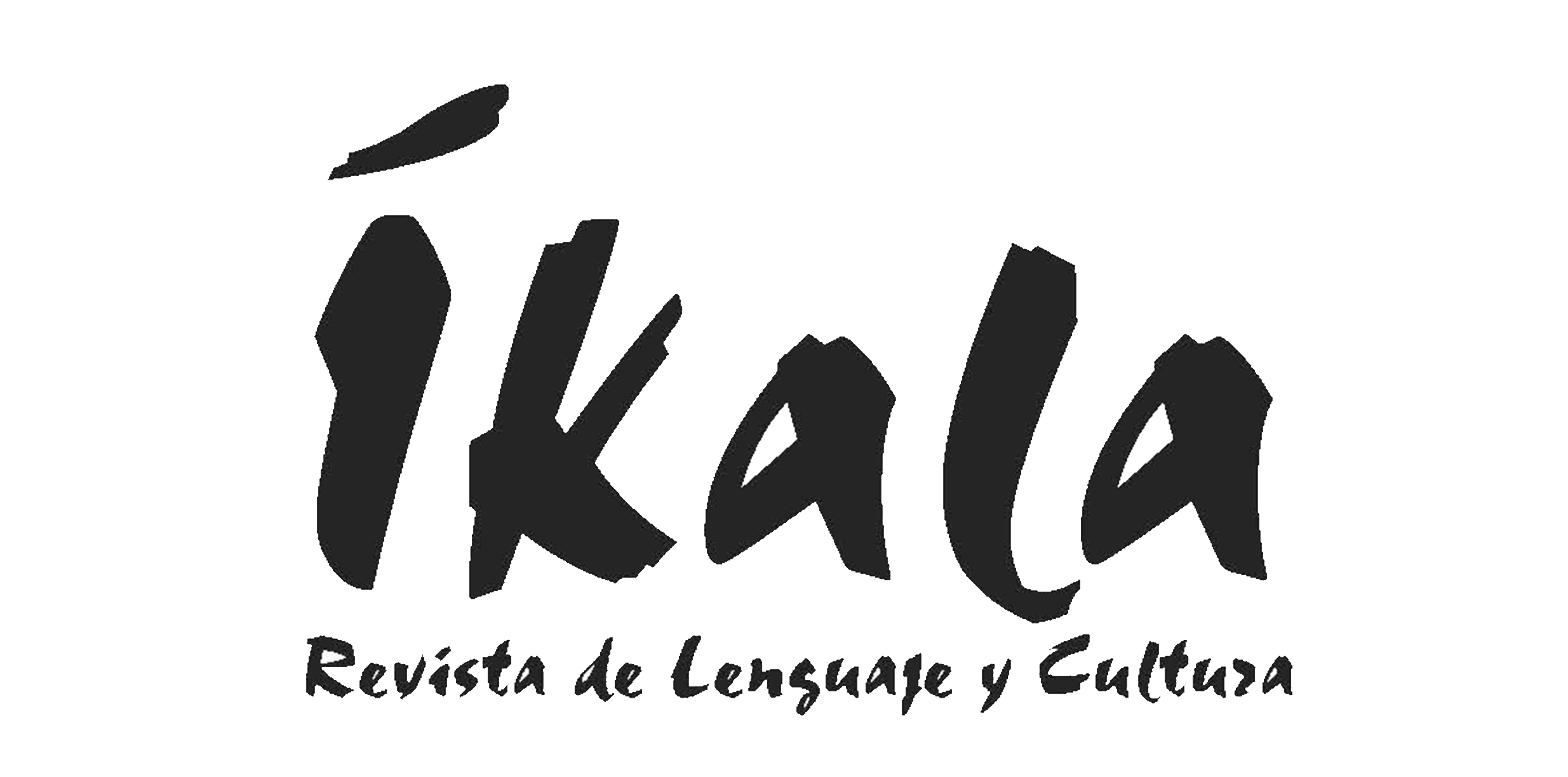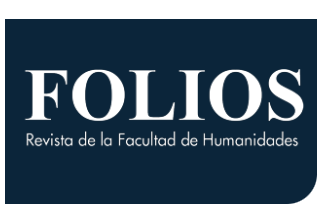DOI:
https://doi.org/10.14483/22487085.19346Published:
2024-07-02Issue:
Vol. 26 No. 1 (2024): January-JuneSection:
Research ArticlesLearning Strategies Instruction: A Proposal for Encouraging Autonomous Learners
Instrucción en estrategias de aprendizaje: una propuesta para incentivar aprendices autónomos
Keywords:
foreign language teaching, learning strategies, learning strategies, learner autonomy, foreign language teaching, training, training (en).Keywords:
autonomía del aprendiz, enseñanza de lenguas extranjeras, estrategias de aprendizaje, instrucción (es).Downloads
Abstract (en)
This reflective paper aims at disseminating a proposal for instruction to promote learning strategies in the foreign language classroom. The proposal was constructed based on the results of two action-research projects conducted at the Foreign Language Teacher Education Program (English – French) at Universidad del Valle, in Cali, Colombia. The results of these projects suggest that the implementation of learning strategies requires a specific sequence to develop learner autonomy and that finding the right dosage of strategies to cover in a course is paramount for their successful acquisition and implementation. Thus, the authors propose an adaptable instruction model that considers the findings of their research experiences. In this paper, the authors claim that while some strategies can be developed spontaneously throughout the learning process, some other strategies are more difficult to grasp, and therefore they require explicit instruction in just the right amount.
Abstract (es)
Este artículo de reflexión se propone socializar una propuesta de instrucción para promover estrategias de aprendizaje en el aula de lengua extranjera. La propuesta se construyó sobre la base de los resultados de dos proyectos de investigación, los cuales se llevaron a cabo en el programa de Licenciatura de Lenguas Extranjeras (Inglés–Francés) de la Universidad del Valle, en Cali, Colombia. Los resultados de estos proyectos sugieren que, por un lado, la implementación de estrategias de aprendizaje necesita una secuencia específica para que el aprendiz desarrolle autonomía; y, por otro lado, que para adquirir e implementar exitosamente las estrategias de aprendizaje es indispensable encontrar la dosis justa en el número de estrategias a trabajar. Así, los autores proponen un modelo adaptable de instrucción que toma en cuenta los hallazgos de sus experiencias investigativas. En este artículo, los autores argumentan que, si bien algunas estrategias pueden desarrollarse de manera espontánea, otras son más difíciles de adquirir y requieren, por lo tanto, una instrucción explícita en la medida justa.
References
Anderson, N. J. (2005). L2 learning strategies. In E. Hinkel. (Ed), Handbook of research in second language teaching and learning (757-771). Lawrence Erlbaum.
Andreou, E., Andreou, G., & Vlachos, P. (2008). Learning styles and performance in second language tasks. TESOL Quarterly, 42(4). 665-674. https://doi.org/10.1002/j.1545-7249.2008.tb00156.x
Barani, F., Roohani, A., & Naderi, M. (2023). An investigation into predictive role of learning styles, language learning strategies, and motivational learning strategies in learners’ L2 achievement. International Journal of Education and Psychology in the Community 13(1-2), 126-150.
Brown, H. D. (1994). Teaching by principles: An interactive approach to language pedagogy. Prentice Hall Regents.
Cárdenas, R., Cardona, G., Frodden, C., Luna, M., & Villamizar, C. (2001). La autonomía en el proceso de aprendizaje del inglés como lengua extranjera: un estudio de perfiles y prácticas de estudiantes y profesores [Autonomy in the process of learning English as a foreign language: A study on students’ and teachers’ practices and profiles], (Unpublished research report). Universidad del Valle, Colombia.
Cohen, A. D. (1987). Studying Learner Strategies: How We Get the Information. In A. Wenden and J. Rubin (eds) Learner Strategies in Language Learning. Prentice-Hall International.
Cotterall, S. (1995). Developing a Course Strategy for Learner Autonomy. ELT Journal, 49(3), 219-227. https://doi.org/10.1093/elt/49.3.219
Cotterall, S. (2000). Promoting Learner Autonomy through the Curriculum: Principles for Designing Languages Courses. ELT Journal, 54(2), 109-117. https://doi.org/10.1093/elt/54.2.109
Deng, Z. (2010). Curriculum planning and systems change. In B. McGaw, E. Baker, & P. Peterson (Eds.), International Encyclopaedia of Education (3rd ed.), 384-389. Elsevier.
Fulwiler, T. (1991). Students’ journals. In B. Miller & R. Hubbard (Eds.) Literacy in process: The Heinemann reader (pp. 205-229). Heinemann.
Guapacha, M. E, & Benavidez, L. H., (2017). Improving Language Learning Strategies and Performance of Pre-Service Language Teachers through a CALLA-TBLT Model. PROFILE, 19(2), 101-120. https://doi.org/10.15446/profile.v19n2.57581
Green, J. M., & Oxford, R. L. (1995). A Closer Look at Learning Strategies, L2 Proficiency, and Gender. TESOL Quarterly, 29, 261-297. https://doi.org/10.2307/3587625
Hammond, M., & Collins, R. (1991). Self-directed learning: Critical practice. Kogan Page.
Hernández, F. (2008) Aprendizaje Estratégico: Un Camino Al Aprendizaje Autorregulado. Artes Gráficas Facultad de Humanidades - Universidad del Valle
Hernández, F. (2016). Aprendiendo inglés estratégicamente. Unpublished research report. Facultad de Humanidades - Universidad del Valle.
Moenikia, M., & Zahed-Babelan, A. (2010). The role of learning styles in second language learning among distance education students. Procedia Social and Behavioral Sciences, 2, 1169-1173. https://doi.org/10.1016/j.sbspro.2010.03.167
Navaneedhan, C. G., (2011). Reflective teaching pedagogy as innovative approach in teacher education through open and distance learning. Journal of media and Communication. 3(12), 331 – 335. https://doi.org/10.5897/JMCS11.028
Nunan, D. (1997). Designing and adapting materials to encourage learner autonomy. In P. Benson & P. Voller (Eds), Autonomy and independence in language learning (1st Ed). 192-203. Longman.
Nunan, T., George, R., & McCausland, H. (2000). Rethinking the Ways in which Teaching and Learning are Supported: The Flexible Learning Centre at the University of South Australia. Journal of Higher Education Policy and Management, 22(1), 85–98. https://doi.org/10.1080/713678130
Nunan, D., Lai, J., & Keobke, K. (1999). Towards autonomous language learning: Strategies, reflection and navigation. In S. Cotterall & D. Crabbe (Eds.), Learner autonomy in language learning: Defining the field and effecting change. Peter Lang
O’Malley, J. M. and Chamot, A. U. (1990). Learning Strategies in Second Language Acquisition. Cambridge University Press.
Chamot, A.U. (1999). How children in language immersion programs use learning strategies. In M.A. Kassen (Ed.), Language learners of tomorrow: Process and Promise! (pp. 29-59). National Textbook Company.
Dolmans, D. H. J. M., Loyens, S. M. M., Marcq, H., & Gijbels, D. (2016). Deep and surface learning in problem-based learning: A review of the literature. Advances in Health Sciences Education, 21(5), 1087–1112. https://doi.org/10.1007/s10459-015-9645-6
Hattie, J. A. C., & Donoghue, G. M. (2016). Learning strategies: A synthesis and conceptual model. Npj Science of Learning, 1(1), Article 16013. https://doi.org/10.1038/npjscilearn.2016.13
Oxford, R. L. (1990). Language learning strategies: What every teacher should know. Newbury House.
Oxford, R. (2011). Teaching & researching: Language learning strategies (Applied linguistics in action). Pearson ESL
Pintrich, P. R., & de Groot, E. V. (1990). Motivational and self-regulated learning components of classroom academic performance. Journal of Educational Psychology, 82(1), 33–40. https://doi.org/10.1037/0022-0663.82.1.33
Ramírez, A. (2015). Fostering autonomy through syllabus design: A step-by-step guide for success. HOW, 22 (2), pp. 114-134. https://doi.org/10.19183/how.22.2.137
Ramírez, A. (2017). Promotion of Learner Autonomy in a Freshmen’s English Course at a Colombian University. Gist Education and Learning Research Journal, 15. 6–28. https://doi.org/10.26817/16925777.387
Rubin, J. (1987). Learner Strategies: Theoretical Assumptions, Research History and Typology. In A. Wenden, and J. Rubin (eds). Learner Strategies in Language Learning. Prentice Hall International.
Viáfara, J. J. (2005). The design of reflective tasks for the preparation of student teachers. Colombian Applied Linguistics Journal, 7, 53-74. https://doi.org/10.14483/22487085.165
Yamaguchi T (2023) Knowing the learning strategy is not enough to use it: Example in reading strategies for Japanese undergraduates. PLoS ONE 18(11), e0293875. https://doi.org/10.1371/journal.pone.0293875
How to Cite
APA
ACM
ACS
ABNT
Chicago
Harvard
IEEE
MLA
Turabian
Vancouver
Download Citation
Metrics
License
Copyright (c) 2024 Fanny Hernández Gaviria, Alexander Ramirez

This work is licensed under a Creative Commons Attribution-NonCommercial-NoDerivatives 4.0 International License.
This work is licensed under a Creative Commons Attribution-NonCommercial-NoDerivatives 4.0 International License.
Attribution — You must give appropriate credit, provide a link to the license, and indicate if changes were made. You may do so in any reasonable manner, but not in any way that suggests the licensor endorses you or your use.
NonCommercial — You may not use the material for commercial purposes.
NoDerivatives — If you remix, transform, or build upon the material, you may not distribute the modified material.
The journal allow the author(s) to hold the copyright without restrictions. Also, The Colombian Apllied Linguistics Journal will allow the author(s) to retain publishing rights without restrictions.










